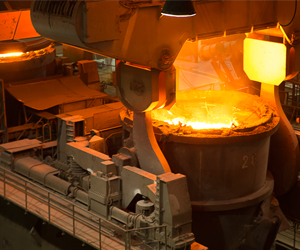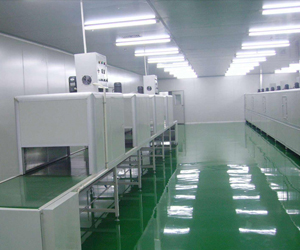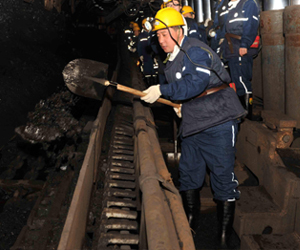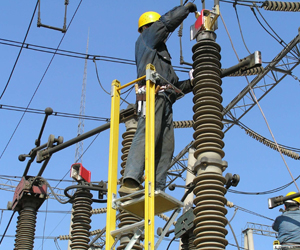
Safety footwear for steel industry: as for the mechanical industry, sturdiness is the key point, so TPU or rubber nitrile outsoles are generally preferable. Depending on presence of greases and oils nitrile outsoles give better results, sturdy printed leathers or floor plain leathers are more performing in this type of applications

Safety footwear for welders: there is a specific type of footwear for welders, with laces covered by a piece of non removable leather, with or without fireproof laces. Outsoles mainly in rubber nitrile

Safety footwear for food industry: White colour is preferable because shows dirt so the shoes have to be cleaned, microfibers are more washable than natural leathers and more anti microbial, the presence of toe cap is not always requested, but slip resistance “SRC” is a must. Outsoles can be of any type, they should be chosen depending on the type of work place, the most frequent for comfort are PU single density.

Safety footwear for automotive industries: there are different applications in the automotive industry, but the main features requested are lightness and absence of external metallic parts that could scratch the finishing of the cars, so plastic eyelets are suggested. Also, usually PU/PU outsole are a main feature

Safety footwear for wet environments: minimum an “S2” or “S3” is recommended, depending on the quantity of liquids and sprays it would be necessary to wear a waterproof membrane shoe certified “WR”, then plain leather or microfiber are probably the best materials even if it is really depending on the quality of the leather tanning

Safety footwear for electricians: this type of boot follows the standard CEI EN 61340 and polymeric boots are the only ones to be able to pass the tests. So the boots certified with this standard are the only ones that are good for this type of applications

Safety footwear for microelectronic industries: “ESD” shoes are preferable for having a better antistatic property and for protecting electrostatic sensitive devices from electrostatic discharges, closer to conductivity than the normal antistatic. Usually the insoles have additional stitching to help electric charges get faster to the ground

